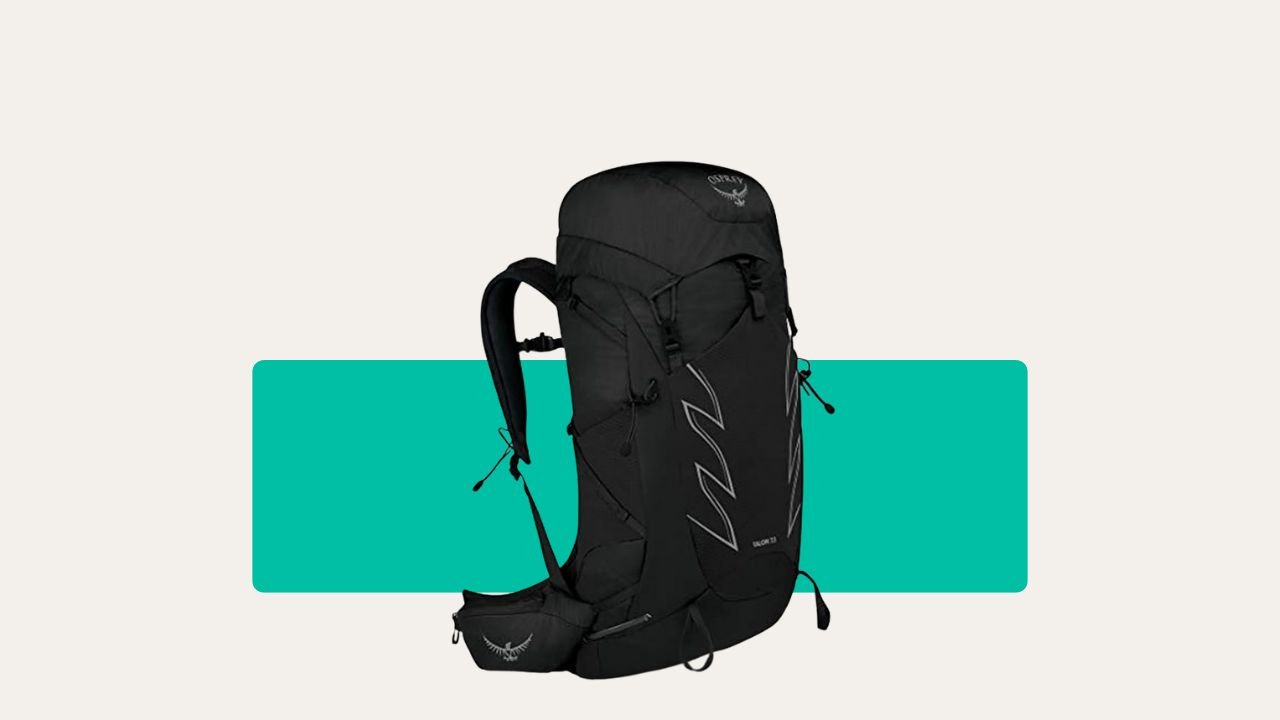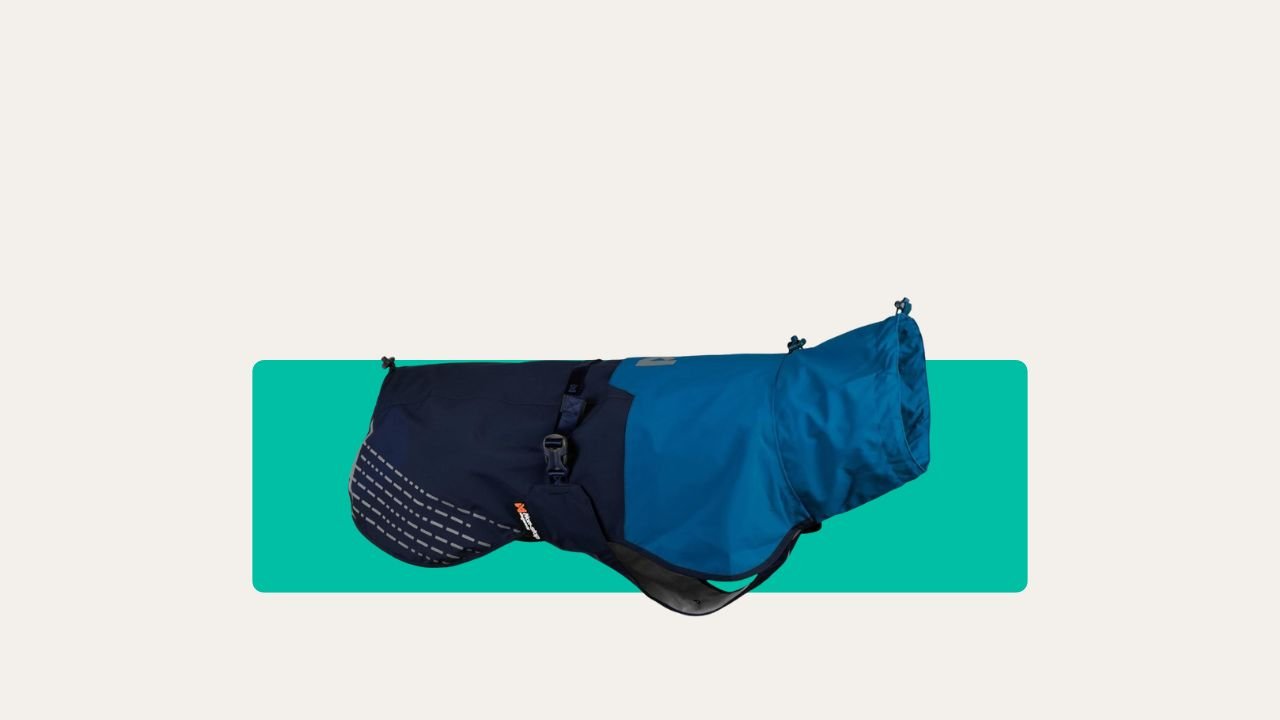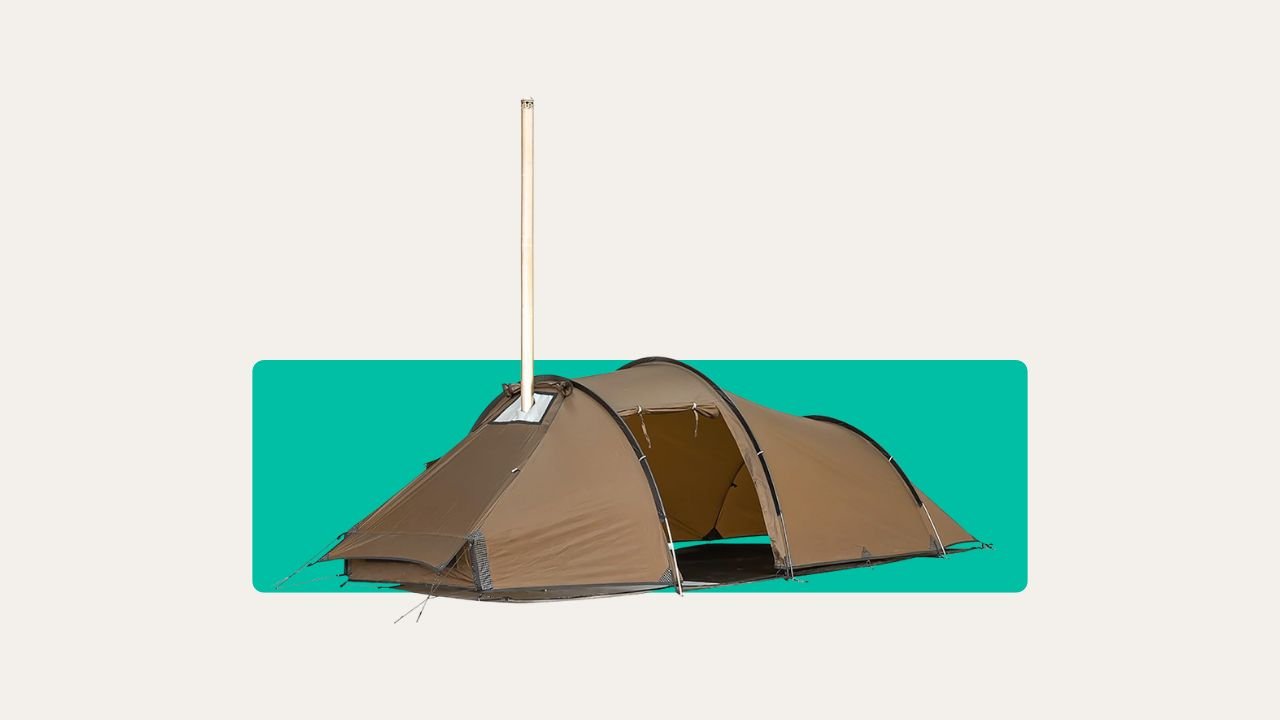Let’s clear something up: most people think a thick sleeping bag is all you need to stay warm camping in the UK. Unfortunately, that’s very wrong!
Truth is, UK nights can be brutally cold – rain or no rain. And if you’ve ever tried to get some shut-eye while your teeth are chattering, you’ll know how fast that “fun getaway” can turn into pure survival mode. That’s why a proper camping heater isn’t just a luxury but a game-changer.
In this guide, I’ll walk you through the best camping heaters I’ve tested, seen in action, or heard about from fellow campers I trust. The safe ones. The reliable ones. The ones that make you actually look forward to bedtime.
Why Heat Matters in a Tent?
British camping weather is a cheeky beast. Even in July, coastal winds or a surprise downpour can turn things chilly. Cold seeps up from the ground and bites through even the best kit.
I’ve seen too many mates think they’re tough, only to give up by morning after a sleepless, freezing night. Being cold isn’t just uncomfortable; it’s dangerous. Cold tents make it tough to sleep, can trigger asthma or joint pain, and crank up the risks for little ones or older campers.
Because of this, smart campers know that warmth isn’t a luxury. It keeps spirits high and everyone healthy, whatever the weather throws at you.
There Are Different Ways to Heat a Campsite
Not all heat is created equal, and when you’re out in the elements, choosing the right kind can make or break your trip. Let’s break it down.
Electric Heaters: These are the easy win if your pitch has mains hookup. They’re clean, quiet, and you don’t need to worry about fumes. Plug in, kick back, and let the heat do its thing. I always go this route when I’m at a site that offers power. Simple as that.
Gas or Propane Heaters: They are proper warmers and super portable, but they come with a few red flags. You must ventilate properly (or you risk more than just condensation), and many UK campsites won’t allow them inside tents. Honestly, I wouldn’t leave one on overnight, ever.
Diesel and Kerosene Heaters: These are the heaters for the serious cold. We’re talking Lake District in February. These beasts can run off your car or a leisure battery, and they do a solid job in campervans or bigger tent setups. Downside? They’re bulky and not exactly cheap.
Eco and Alternative Fuel Heaters: These are the newer players in town. Self-powered, cleaner-burning, and perfect for wild camping or low-impact trips. They’re not everywhere yet, but they’re definitely ones to watch.
If you’re camping on a UK site with electric access, use it. If you’re off-grid, then diesel or eco options might suit better. Either way, safety always comes first. Always.
Quick Comparison: Best Tent Heaters for UK Campsites (2025)
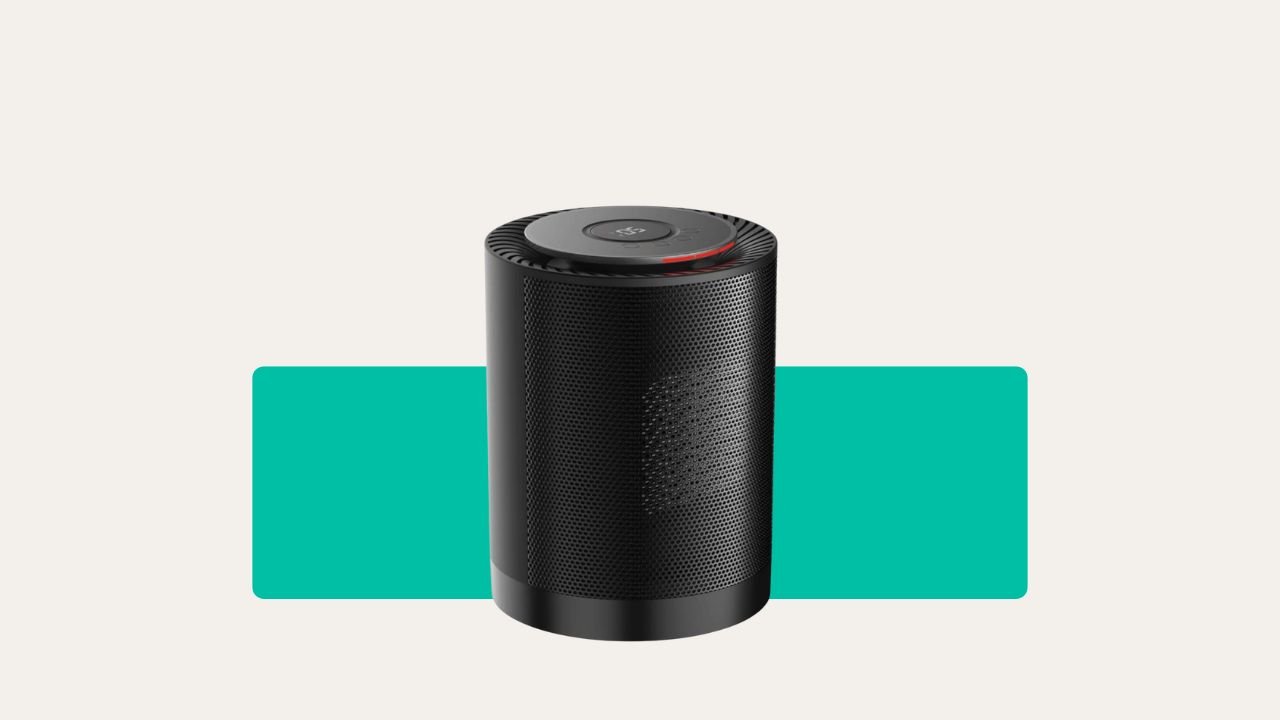
Outdoor Revolution PTC
Power Output: 750W / 1500W
Weight: 1.35 kg
Best For: All tent sizes, caravans
Power Source: Mains electric
Key Features: Oscillating heat, thermostat, compact
Main Drawback: Requires electric hookup
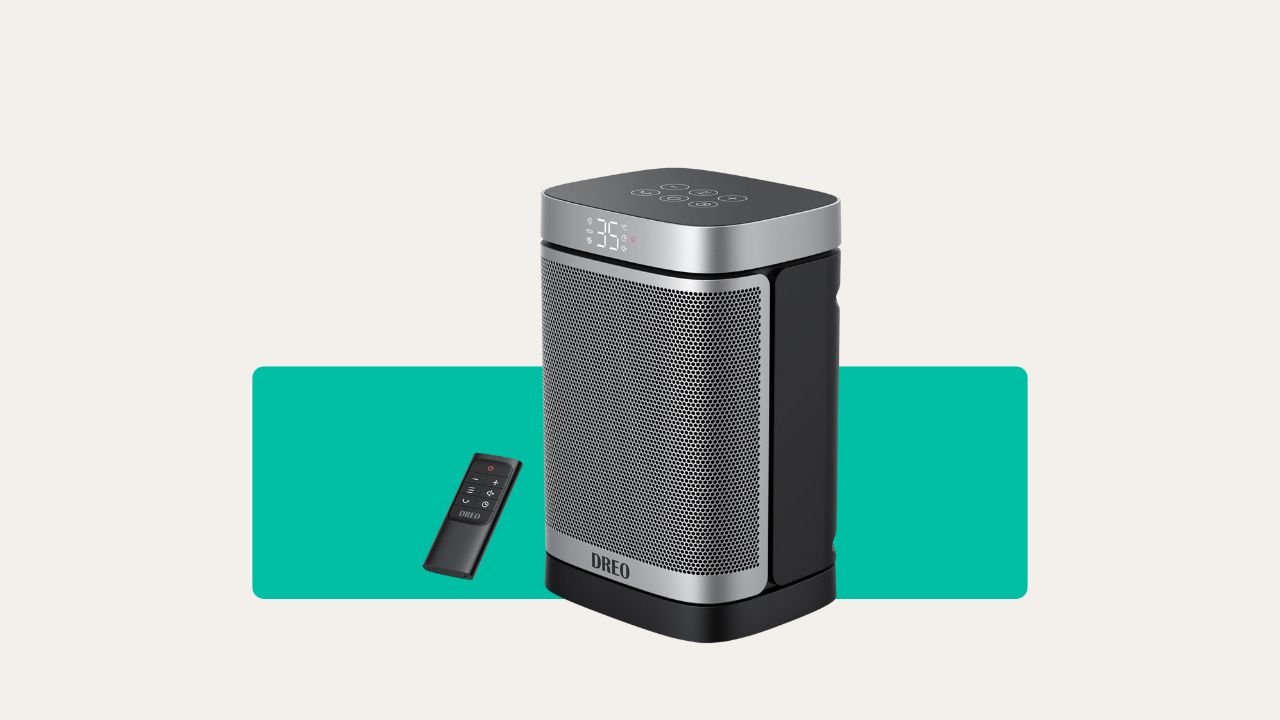
Dreo Atom One
Power Output: Up to 1500W
Weight: ~2.1 kg
Best For: Campervans, insulated tents
Power Source: Mains electric
Key Features: LCD display, remote, quiet, tip-over shutoff
Main Drawback: Slightly bulky, not ideal for very cold tents

Kampa Diddy
Power Output: 750W / 1500W
Weight: 1.05 kg
Best For: Small tents, campervans
Power Source: Mains electric
Key Features: Compact, budget-friendly, quick heat
Main Drawback: Limited coverage in larger tents
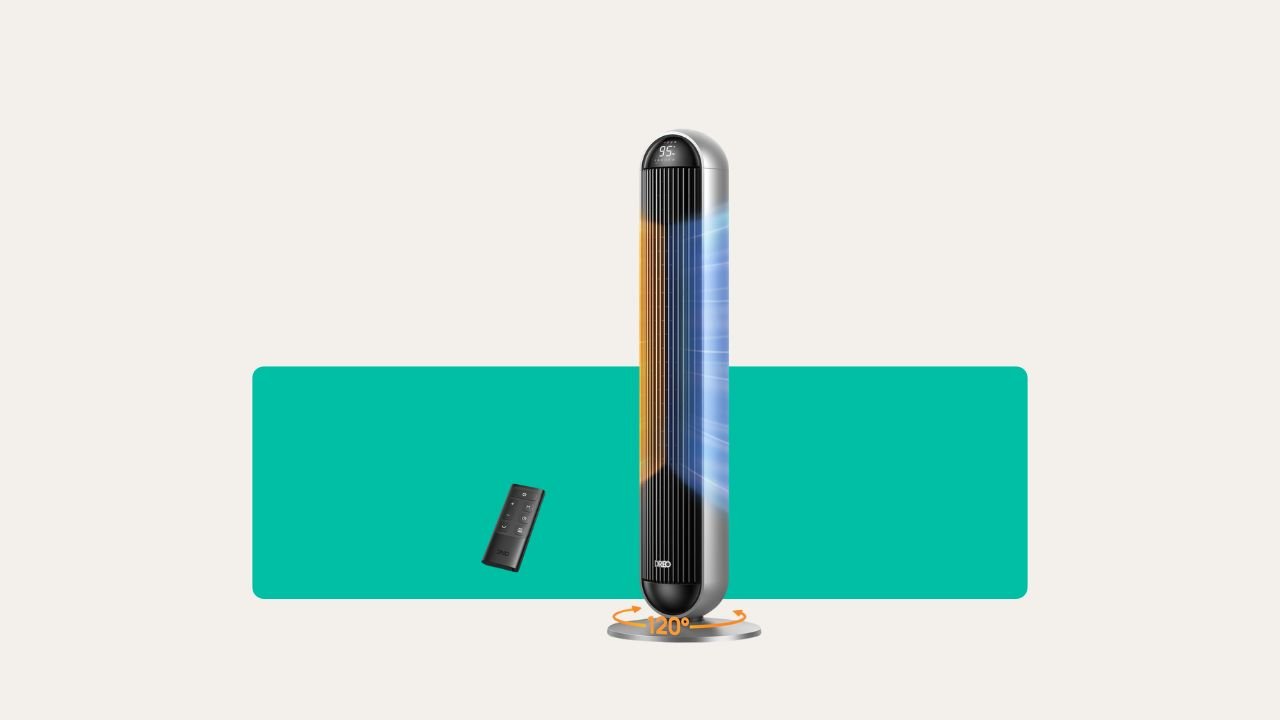
Dreo Ceramic
Power Output: Up to 1500W
Weight: 1.38 kg
Best For: Small to medium tents
Power Source: Mains electric
Key Features: Stylish, heats fast, multiple settings
Main Drawback: No use without electricity
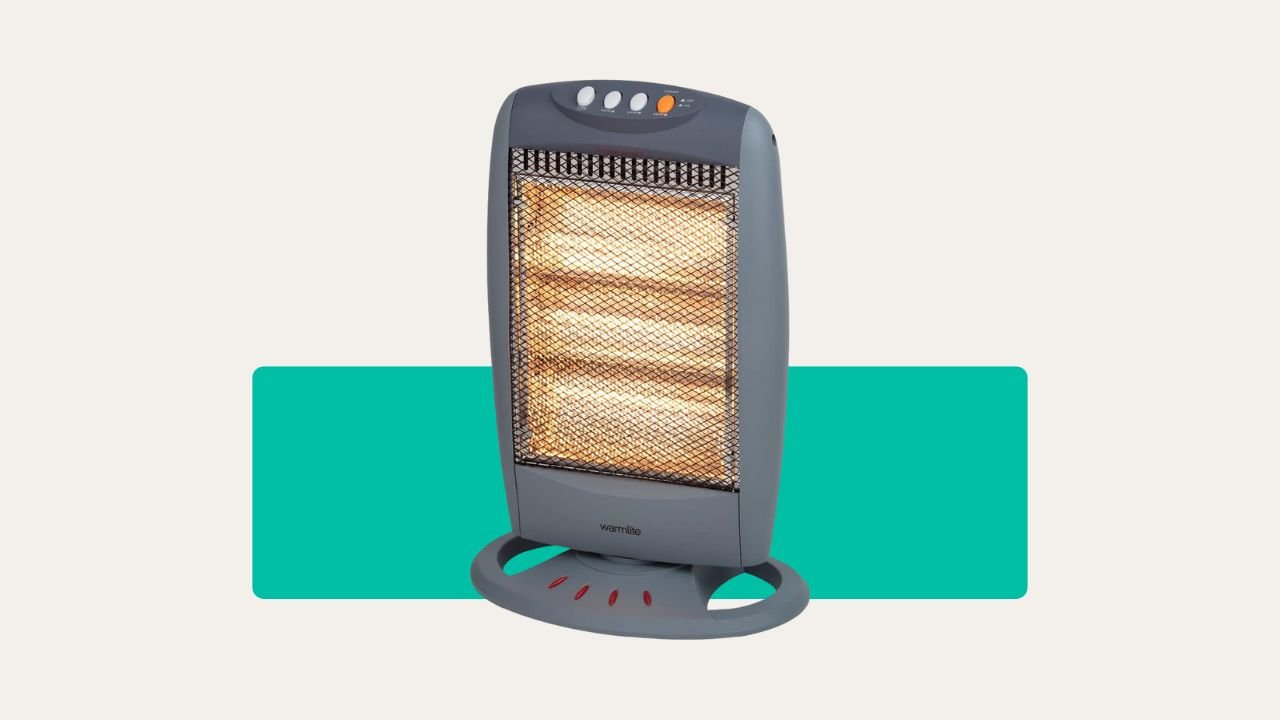
Warmlite Halogen
Power Output: 900W
Weight: 1.56 kg
Best For: Small to medium tents
Power Source: Mains electric
Key Features: Rotating halogen heat, dual settings
Main Drawback: Lower heat output
Top Heaters for UK Campsites (2025): A Detailed Review
There’s nothing like crawling into your tent after a long day of hiking, only to realise it feels colder inside than out. That’s where a good camping heater comes in. But not all heaters are made equal. While some are cosy lifesavers, others just overpriced fan noise.
Below are my top picks for this season. They are tested, trusted, and built to keep you warm without turning your tent into a sauna (or a safety hazard).
1. Outdoor Revolution Portable PTC Oscillating Ceramic Heater (750W/1500W)
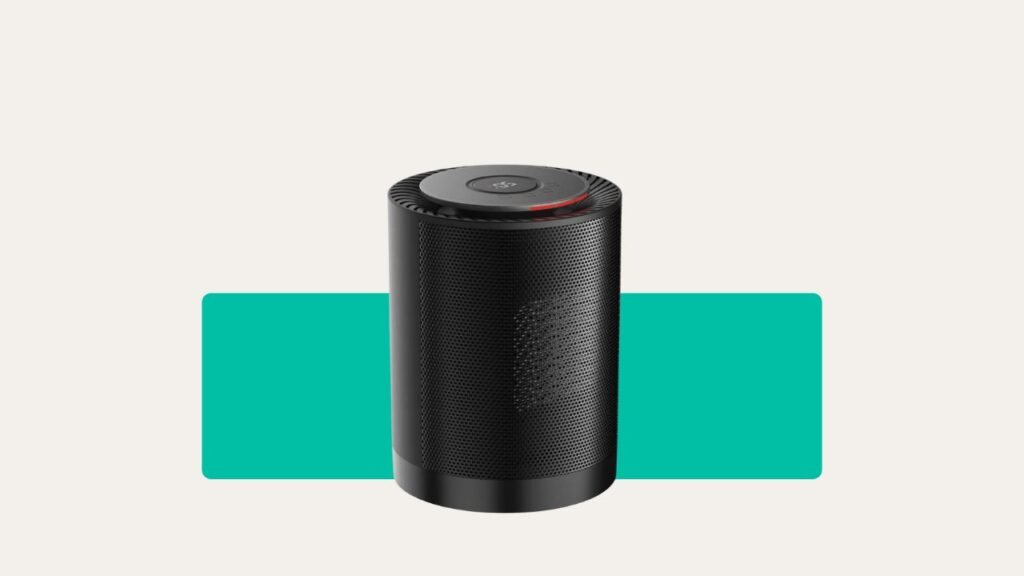
Specifications:
- Material: Lightweight ABS plastic
- Fuel: Electric
- Power: 220V-240V~50Hz | 750W / 1500W
- Size: 18 x 15.6 x 25 cm
- Weight: 1.35kg
- Modes: Variable heat, fan speed control, “Fan Only” option
This little heater packs a punch. If you’re camping at a UK site with electric hookup, this is hands-down one of the best companions you can bring. It’s compact, lightweight, and easy to stash in your gear – but don’t let the size fool you. It throws out real warmth, even on the coldest nights.
One of the biggest wins is that you don’t need to worry about carbon monoxide. Unlike gas heaters, this one is clean, safe, and happy to run for hours – as long as you’ve got mains power. The oscillating feature is a nice touch too, rotating the heat around the tent instead of blasting just one corner. And the built-in thermostat? A lifesaver. Set your ideal temp, and it’ll hold steady all night.
The only catch? You’ll need access to power. So, if you’re wild camping in the Highlands or off-grid, this won’t cut it without a generator or serious power pack. But for most campsite setups, this is my go-to.
Pros
- Compact and lightweight – easy to carry
- Excellent safety for indoor use
- Thermostat and fan controls built in
- Oscillating feature distributes heat evenly
- No gas or fuel mess
Cons
- Needs access to mains electricity
2. Dreo Atom One Portable Electric Heater
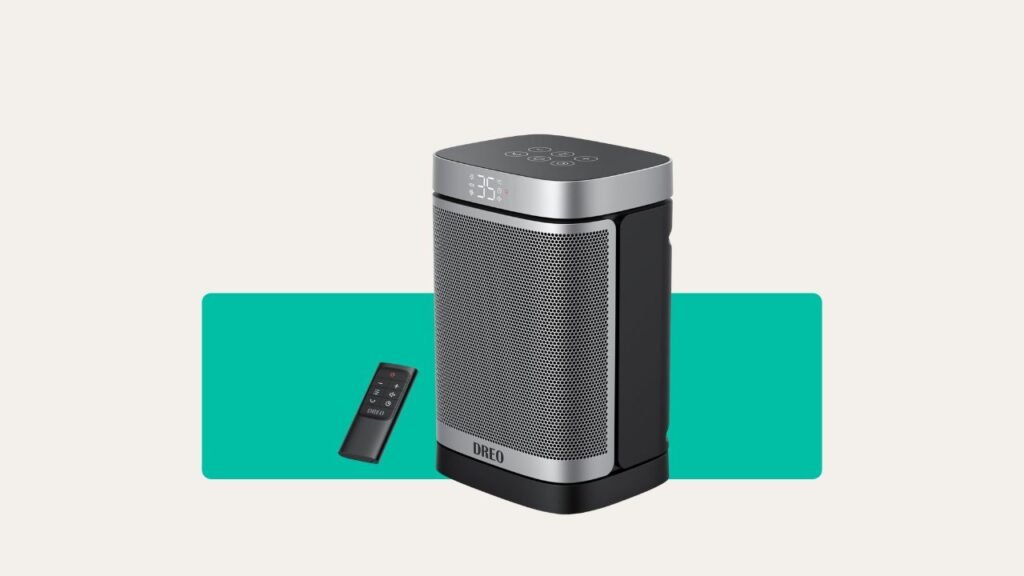
Specifications:
- Power: 1500W (electric, requires hookup or power pack)
- Size: 43 x 35.5 x 66.5 cm
- Weight: ~2.1kg
- Noise Level: ~40dB
- Extras: Thermostat, LCD display, remote control, 70° oscillation, tip-over auto shut-off
If heaters could win style points, the Dreo Atom One would be strutting down the runway. But this one isn’t just a looker; it’s a seriously capable bit of kit. With 1500W of heating power and a sleek design that fits well in any tent or van, it’s one of the most reliable choices for UK campers with power access.
What I love most? It’s quiet. Like, really quiet. The 9-blade fan design keeps noise down to a gentle hum, which is perfect when you’re trying to sleep. Plus, the large LCD screen shows the room temperature at a glance, and the remote control means no more crawling out of your sleeping bag to adjust settings. Lazy? Maybe. Worth it? Absolutely.
It also swings the heat out in a 70° arc – great for spreading warmth without making one person roast while the other freezes. And safety-wise, it’s got your back: if it tips over, it cuts off automatically.
Only downside? In very cold tents with no insulation, 1500W might feel a bit underpowered. But for campervans, caravans, or mild weather tents, it’s more than enough.
Pros
- Great design and super quiet
- LCD display and remote control
- 1500W of clean, steady heat
- Swivel and thermostat functions for even warmth
- Excellent safety features
Cons
- A bit bulky compared to other compact heaters
- May not be warm enough for uninsulated tents in deep winter
3. Kampa Diddy Portable Heater
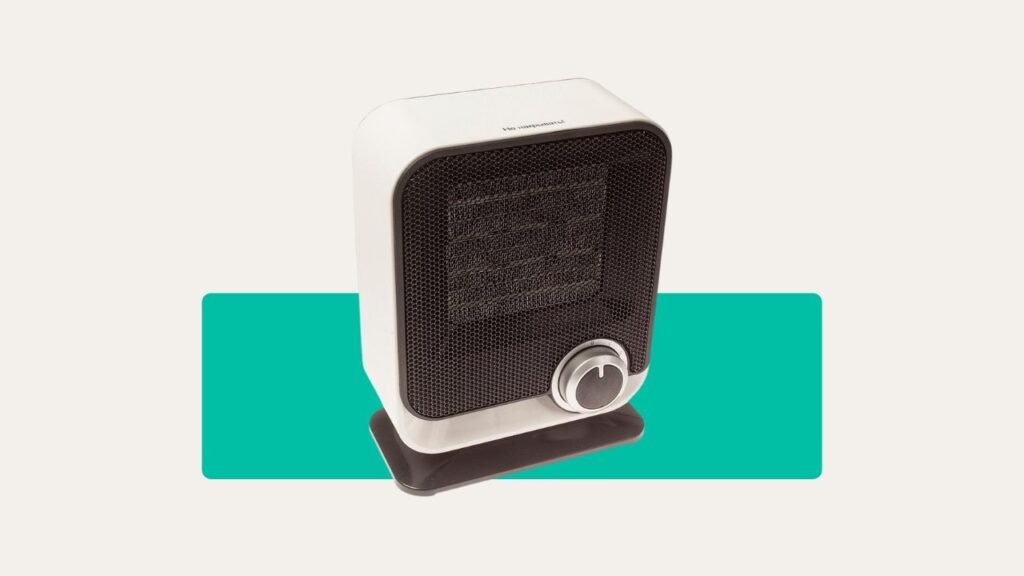
Specifications:
- Material: Cool-touch housing
- Power Source: UK 3-pin plug
- Dimensions: H22 x W17 x D9.5 cm
- Weight: 1.05 kg
- Fuel Type: Instant fan-forced electric heat
- Power Output: 750W / 1500W
Let’s say you want something simple, cheap, and surprisingly capable – that’s where the Kampa Diddy comes in. This little unit might look like it belongs in your nan’s conservatory, but trust me, it works a treat in small tents and campervans.
It heats up quickly – like, hairdryer quick – and gives off enough warmth to take the edge off chilly evenings. It's lightweight, compact, and easy to pack without playing Tetris with the rest of your gear. And while it doesn’t have the spread of a larger heater, it’s ideal for close-up warmth when you're tucked in with a brew.
Safety-wise, it punches above its weight. Tip-over protection, overheat shut-off, and a cool-touch body – all good features for peace of mind in confined spaces.
Pros
- Tiny but mighty
- Great price point
- Safe for tent use
- Easy to pack and carry
- Quick heat-up
Cons
- Doesn’t heat large areas well
- Needs mains power
4. Dreo Ceramic Heater
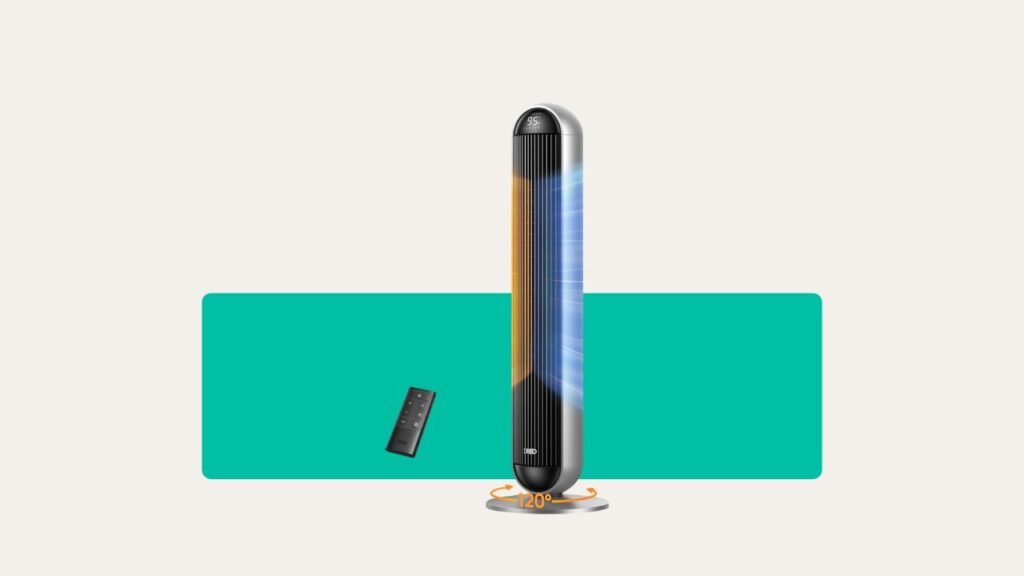
Specifications:
- Power Source: Corded electric
- Dimensions: 15.29 x 15.29 x 24.51 cm
- Weight: 1.38 kg
- Heat Output: Up to 1500W
- Settings: Fan-only, 1000W, 1300W, 1500W
This is the sleeker, slightly more polished cousin of the Diddy. The Dreo Ceramic Heater is one of those gadgets that you unpack and think, “Yep, this is going to be good.” And it is.
It heats up fast – really fast. Within minutes, you’ll go from chilled to cosy. That’s thanks to its powerful ceramic heating element, and smart design that pushes the warm air where you want it. Plus, it looks properly modern – black finish, compact shape, and it wouldn’t look out of place in your lounge, let alone your tent.
What impressed me most was how safe it feels. The auto shut-off feature kicks in if it tips, and the overheat protection is spot on. You get three heat settings, including a fan-only mode for summer camping (or if someone accidentally books the trip during a heatwave… again).
In short: small, stylish, powerful, and safe. Just make sure you’ve got electric access, because this one needs it.
Pros
- Heats fast and evenly
- Modern look and build
- Super lightweight and portable
- Excellent safety features
- Multiple heat settings
Cons
- Useless without a power hookup
5. Warmlite Halogen Mobile Electric Heater

Specifications:
- Material: Steel
- Power Source: Corded electric
- Dimensions: 16 x 28 x 40 cm
- Weight: 1.56 kg
- Heat Output: 900W
- Extras: Rotating halogen element, carry handle, stand
The Warmlite Halogen Heater is kind of the underdog here. It’s not the most powerful, and it won’t win any design awards, but it does get the job done, especially if you're after something to heat and light up a small tent at the same time.
It’s got a unique halogen setup that gives you near-instant heat, and the rotating function helps spread it around without blasting just one spot. You also get two energy settings, so you can keep things toasty without cooking yourself out of your sleeping bag.
I also like that it’s fitted with basic safety gear – a stand for stability and an auto shut-off if it tips. It’s not high-tech, but it’s reliable, which matters more when you're in the middle of a muddy field and the wind’s howling outside.
Ideal for medium tents or campervans when the temperature dips and the mood needs a warm glow.
Pros
- Instant halogen heat
- Handy rotation for even warmth
- Lightweight and easy to move
- Decent safety features
- Great value for budget campers
Cons
- Max output is only 900W
- Not powerful enough for big spaces or freezing nights
Picking the Right Heater for Your Tent
Choosing the best camping heater isn’t just picking the one with the biggest numbers on the box. Here’s what you need to look for:
- Power Source: Will you have access to mains electric? Or are you wild camping and need something that runs off diesel or self-generates power?
- Tent Size: Small heaters for small spaces; bigger tents need more grunt. About 100W per square metre is a safe bet.
- Fuel Type: Electric is clean and easy. Gas is strong but riskier. Diesel/kerosene is great for big setups and serious cold, but needs careful handling.
- Portability: You’ll regret lugging a four-kilo beast up a muddy hillside. If you move around a lot, lighter’s better.
- Safety Features: Tip-over switches and cool housings are your best friends when you’re fumbling about in the dark.
- Think through your trip: solo hiking, car camping, family weekender? There’s a perfect heater for each.
Tips for Warmth Without Unsafe Risks
Getting the most out of your heater is about smart setup, not just raw power:
- Place the heater where heat can circulate (usually the tent’s middle).
- Never cover or block it with coats or bedding.
- Always allow some airflow under and around the heater to stop overheating.
- Don’t run electric cables through puddles or zips. Trust me, you don’t want sparks mid-storm.
- Recognise trouble: headaches, drowsiness, and nausea can signal low oxygen or fumes. If in doubt, get out.
- A cheap carbon monoxide alarm, by the way, is a no-brainer for all but the simplest electric tent heaters.
Quick Questions Campers Ask About Tent Heaters
Are electric heaters better than gas in a tent?
On UK campsites with mains, yes – no fumes or refills. Off-grid, gas or diesel is still king, but watch safety.
Is it safe to sleep with a heater on?
Only with heaters specifically designed for safe overnight use and never with gas. Most folk switch heaters off once the tent’s toasty, then rely on blankets.
How much power do I need?
Aim for about 100W per square metre of tent floor. So a 1,000W heater suits a standard 4-6 person tent.
Can I use heaters in pop-up or small tents?
Careful – smaller spaces heat up fast and get stuffy. Choose small, safe heaters and watch ventilation.
Can I run an electric heater from a battery power pack?
Only if it’s a beefy unit. Most standard packs can’t cope with big power draw all night.
Final Guide to Picking the Best Camping Heater
Here’s what matters most: match your heater to your setup. Don’t get oversold on gadgets or bamboozled by size. Electric heaters are safest for UK campsites, but only if you’ve got mains. For wild camping, look at diesel or modern eco-fuel models, and always put safety first.
The kit above covers every type: something for families with power, solo wild campers, and tough weather weekends. Every heater’s only as good as your setup – ventilation, smart placement, and not taking risks.
For more gear reviews and campsite tips, head to our camping guides. And if you’ve got a question or want to share a close call, drop a note in the comments. I’m always up for swapping real stories with fellow campers.

